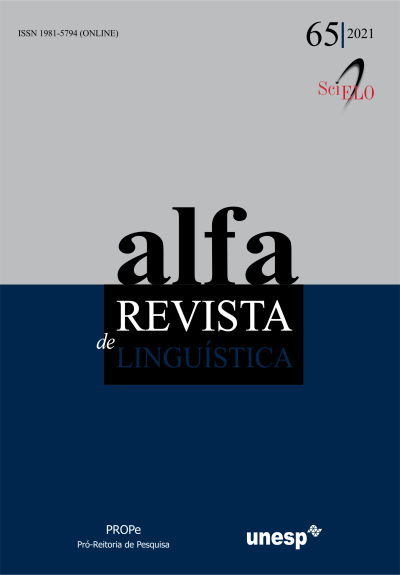The Resolution of Ambiguous Anaphora in Portuguese, English and Spanish (a pilot study)
DOI:
https://doi.org/10.1590/1981-5794-e13626Keywords:
Ambiguity resolution, anaphora, English, Portuguese, SpanishAbstract
This paper presents the results of a pilot study that aims to analyse the differences in the resolution of ambiguous anaphora in Portuguese, English and Spanish as first languages (L1) and as second languages (L2). To collect the data, a questionnaire was developed and applied to national and foreign students at the University of Algarve, in Faro, Portugal. The conclusions are that native English speakers usually interpret the anaphoric pronoun in the subject position of the subordinate clause as corresponding to the subject of the main clause, regardless of whether the pronoun receives emphasis or not. Native Portuguese and Spanish speakers, on the other hand, seem to use the Position of Antecedent Strategy (CARMINATI, 2002) in cases of anaphora, but the preference becomes less evident when reversing the order of sentences (cases of cataphora). Besides the syntactic variables, the phrases were designed to investigate the semantic influence of the relation between the verbs to the resolution of ambiguous anaphora.
Downloads
Downloads
Published
How to Cite
Issue
Section
License
Manuscripts accepted for publication and published are property of Alfa: Revista de Linguística. It is forbidden the full or partial submission of the manuscript to any other journal. Authors are solely responsible for the article's content. Translation into another language without written permission from the Editor advised by the Editorial Board is prohibited.

